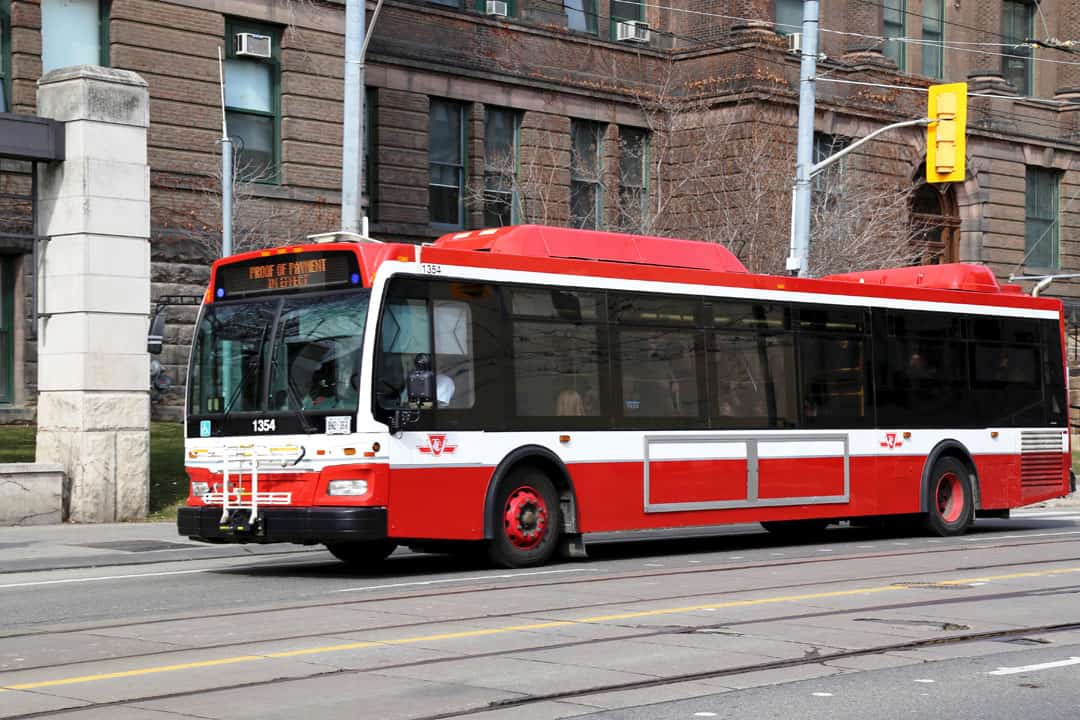Urban transport systems, like the TTC, serve as channels that connect millions to their workplaces, social lives, and everyday necessities. Without adequate access to quality public transit, however, these connections are severed, and standards of living are compromised.
Those who live in poorly connected areas and suffer from a low socioeconomic status are susceptible to a phenomenon known as “transport poverty,” which currently affects five per cent of urban residents in Canada. As a result of a low socioeconomic status, residents are unable to afford a car or services such as Uber or Lyft. This means that they are often forced to endure lengthy wait times, multiple transfers, and advanced scheduling with public transit.
U of T researchers Jeff Allen and Steven Farber recently published a piece entitled “Sizing up transport poverty,” in which they discussed the restrictions placed on students because of limited access to public transit in two low-income urban areas: the low-density suburban form, modelled by neighbourhoods within Markham, Etobicoke, Oshawa, and Scarborough, and the very dense, tower-neighbourhoods as seen in Flemingdon and Thorncliffe Park.
If a commuter student lives in one of these two urban forms, public transit could take up to double or triple the driving time, with the possibility of two or more transfers. For instance, a student residing in Malvern, Scarborough might have to take a bus, an LRT, a subway, and a streetcar to get to their classes downtown.
Transport poverty-related issues, like wait times associated with public transit, deter students from participating in campus activities, whether a club or a job. This leaves students like me to question whether there’s an alternative option — aside from sacrificing my presence on campus or necessities like sleeping and studying.
Ultimately, commuter students should be able to access campus opportunities just as much as resident students, especially since they pay the same amount for it. Commuters certainly do not deserve the additional stress and anxiety that come with an overwhelming daily schedule and time management that must factor in transit complications.
The only way to ensure that students can fully enjoy campus life is for the government to invest more in public transportation. Allen and Farber propose urban planning strategies to resolve the issue. While the federal government has pledged $3.4 billion in funding toward transit investments, our policymakers are unfamiliar with applying urban planning strategies to infrastructure to resolve transport poverty.
Toronto is currently funnelling money into the TTC in the form of additional streetcars, station improvements, and the new line, Eglinton Crosstown. While this is ideal for students residing in Mount Dennis or Kennedy, it is not particularly effective for addressing transport poverty.
To achieve transport justice, more money needs to be allocated specifically to low-income neighbourhoods, whether in Toronto’s inner suburbs or more broadly in the GTA.
Alongside the allocation of funds, Allen and Farber also importantly suggest that planners “enforce land use policies which restrict urban sprawl and zone for urban intensification and mixed-use development.” This can help build an effective transport system that integrates low-income neighbourhoods, benefits commuters with shorter waiting times for public transit, and diminishes the need for cars in urban spaces.
By making the right investments, governments can invest not only in those who specifically suffer from transport poverty, but also in the millions who commute on a daily basis. In this way, public transportation can become something we can all depend on to reach our final destinations.
Grace Meany is a third-year English and Professional Writing & Communications student at UTM.


